Replies: 19 (Who?), Viewed: 11509 times.
|
You are currently not a member of this group. Would you like to join it now?
#1
 12th Jul 2019 at 1:06 PM
Last edited by Victor_tor : 5th Mar 2020 at 8:23 AM.
Reason: renaming
12th Jul 2019 at 1:06 PM
Last edited by Victor_tor : 5th Mar 2020 at 8:23 AM.
Reason: renaming
Advertisement
#2
 14th Jul 2019 at 1:46 AM
14th Jul 2019 at 1:46 AM
#3
 21st Jul 2019 at 6:02 PM
Last edited by Victor_tor : 22nd Jul 2019 at 12:15 AM.
21st Jul 2019 at 6:02 PM
Last edited by Victor_tor : 22nd Jul 2019 at 12:15 AM.
#4
 27th Jul 2019 at 9:51 AM
27th Jul 2019 at 9:51 AM
#5
 1st Aug 2019 at 11:36 PM
Last edited by Victor_tor : 2nd Aug 2019 at 1:15 AM.
1st Aug 2019 at 11:36 PM
Last edited by Victor_tor : 2nd Aug 2019 at 1:15 AM.
#6
 2nd Aug 2019 at 10:53 AM
Last edited by Victor_tor : 2nd Aug 2019 at 11:05 AM.
2nd Aug 2019 at 10:53 AM
Last edited by Victor_tor : 2nd Aug 2019 at 11:05 AM.
#7
 17th Aug 2019 at 11:53 AM
Last edited by Victor_tor : 17th Aug 2019 at 2:37 PM.
17th Aug 2019 at 11:53 AM
Last edited by Victor_tor : 17th Aug 2019 at 2:37 PM.
#8
 15th Sep 2019 at 8:53 PM
Last edited by Johnny_Bravo : 16th Sep 2019 at 8:52 AM.
15th Sep 2019 at 8:53 PM
Last edited by Johnny_Bravo : 16th Sep 2019 at 8:52 AM.
#9
 3rd Dec 2019 at 6:48 PM
3rd Dec 2019 at 6:48 PM
#10
 24th Feb 2020 at 8:20 PM
Last edited by Victor_tor : 26th Feb 2020 at 1:00 PM.
Reason: semi-detached is added
24th Feb 2020 at 8:20 PM
Last edited by Victor_tor : 26th Feb 2020 at 1:00 PM.
Reason: semi-detached is added
#11
 29th Feb 2020 at 5:37 PM
29th Feb 2020 at 5:37 PM
#12
 2nd Mar 2020 at 9:05 AM
2nd Mar 2020 at 9:05 AM
#13
 3rd Mar 2020 at 6:39 PM
3rd Mar 2020 at 6:39 PM
#14
 25th Apr 2020 at 5:57 PM
25th Apr 2020 at 5:57 PM
#15
 12th Aug 2022 at 9:15 AM
12th Aug 2022 at 9:15 AM
#16
 8th Jan 2023 at 2:52 PM
Last edited by Victor_tor : 8th Jan 2023 at 4:31 PM.
Reason: Picture(s) added
8th Jan 2023 at 2:52 PM
Last edited by Victor_tor : 8th Jan 2023 at 4:31 PM.
Reason: Picture(s) added
#17
 1st Feb 2023 at 9:54 AM
1st Feb 2023 at 9:54 AM
#18
 1st Feb 2023 at 11:00 AM
Last edited by Victor_tor : 1st Feb 2023 at 11:44 AM.
Reason: Question
1st Feb 2023 at 11:00 AM
Last edited by Victor_tor : 1st Feb 2023 at 11:44 AM.
Reason: Question
#19
 3rd Feb 2023 at 1:31 PM
3rd Feb 2023 at 1:31 PM
#20
 9th Aug 2023 at 12:29 PM
9th Aug 2023 at 12:29 PM
|
|

 Sign in to Mod The Sims
Sign in to Mod The Sims
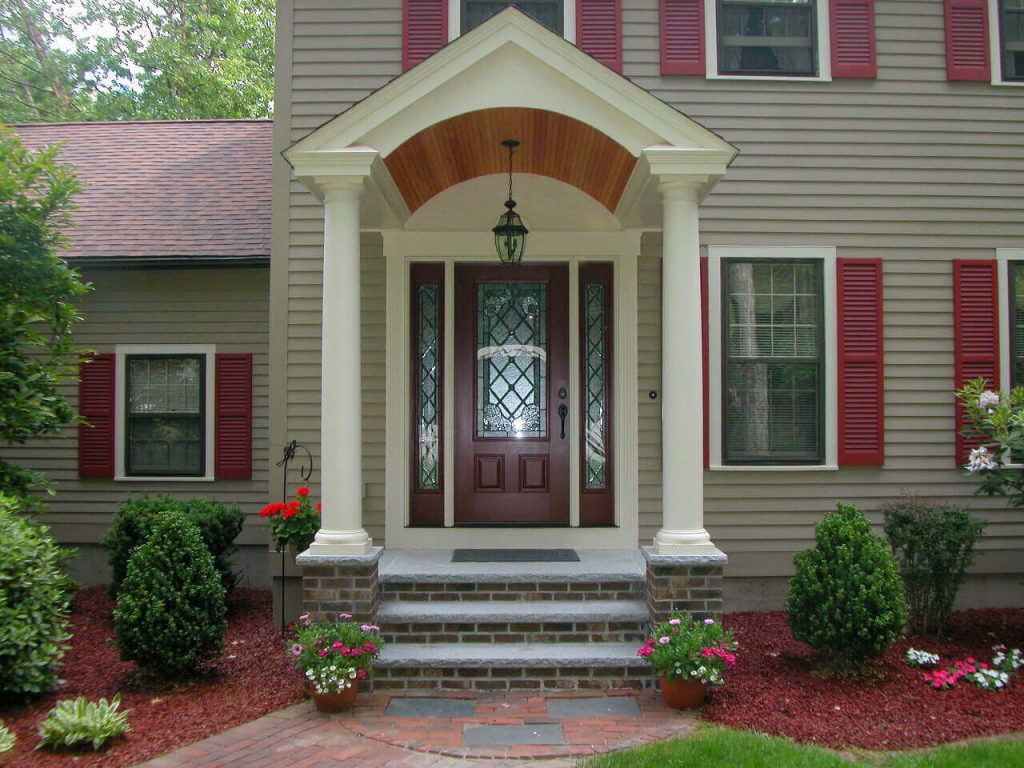

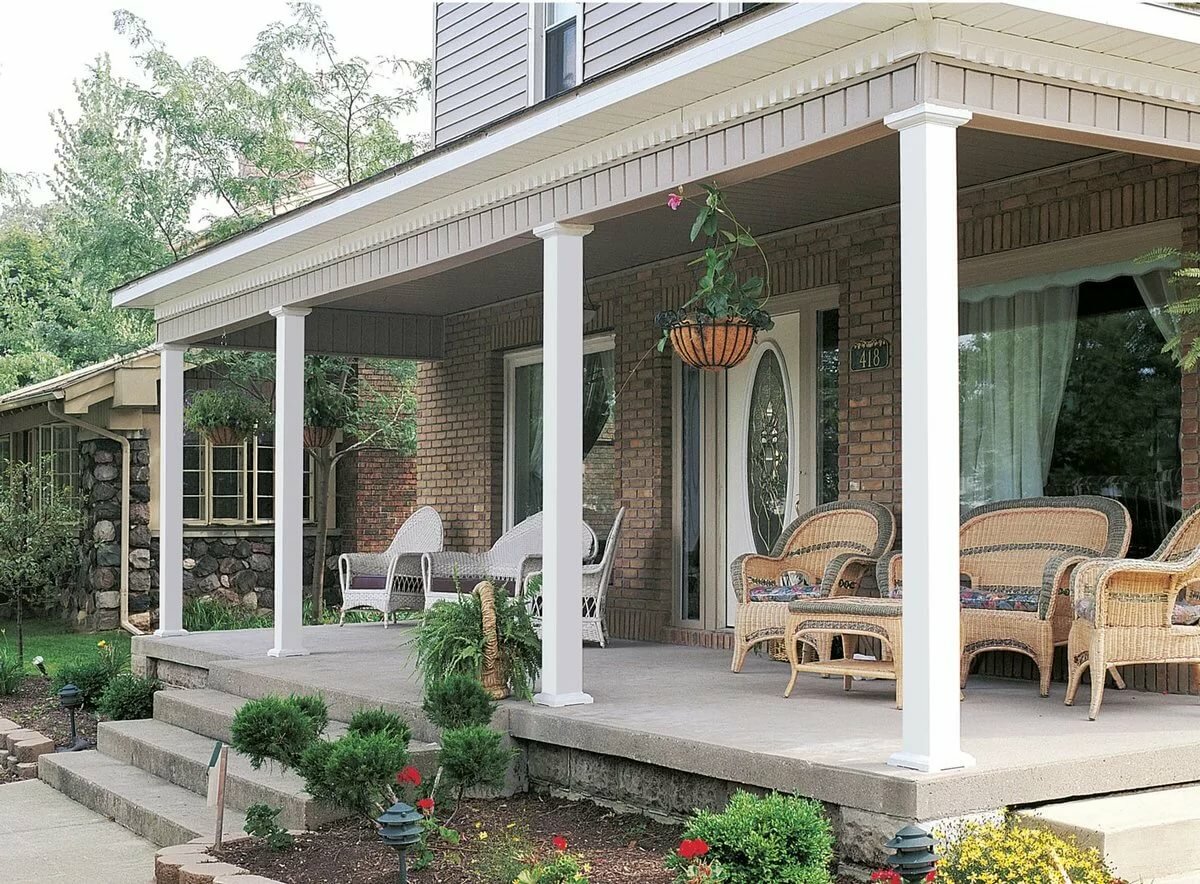

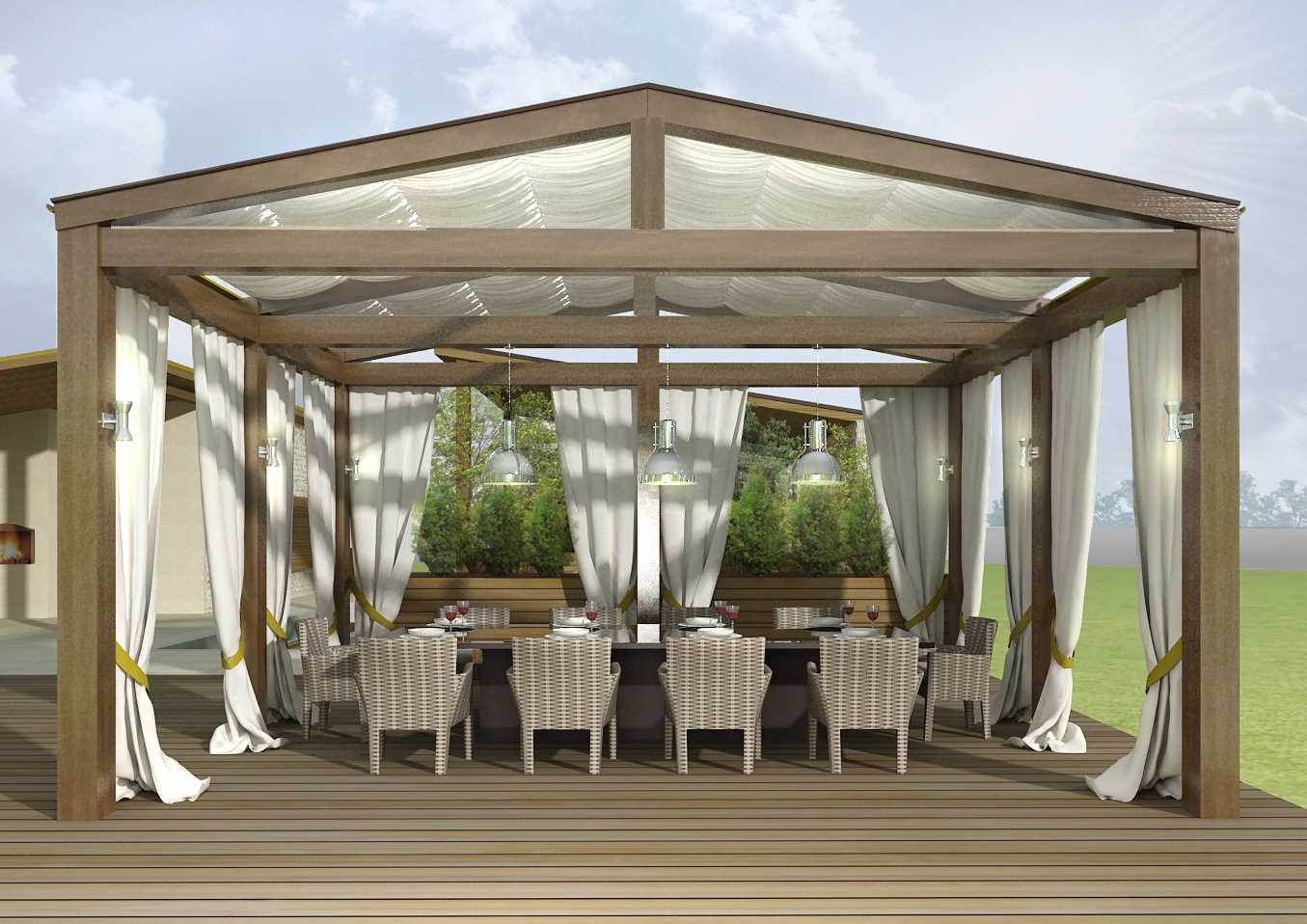


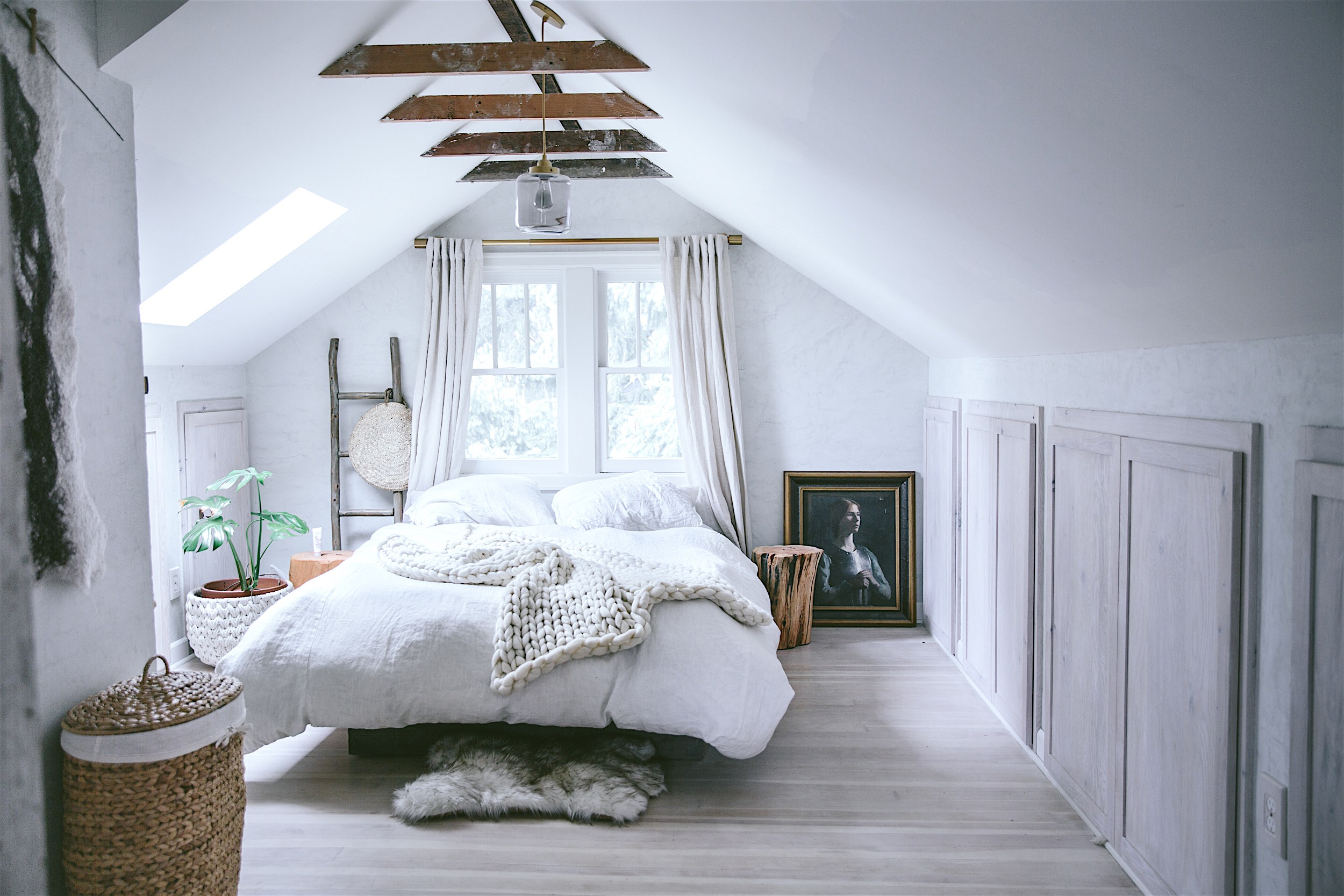
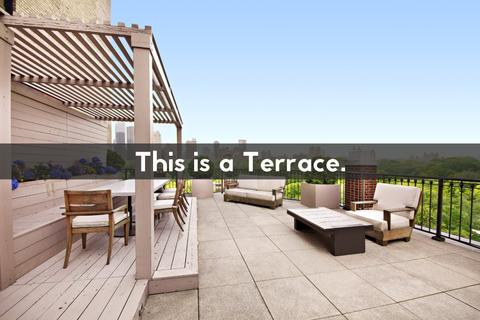
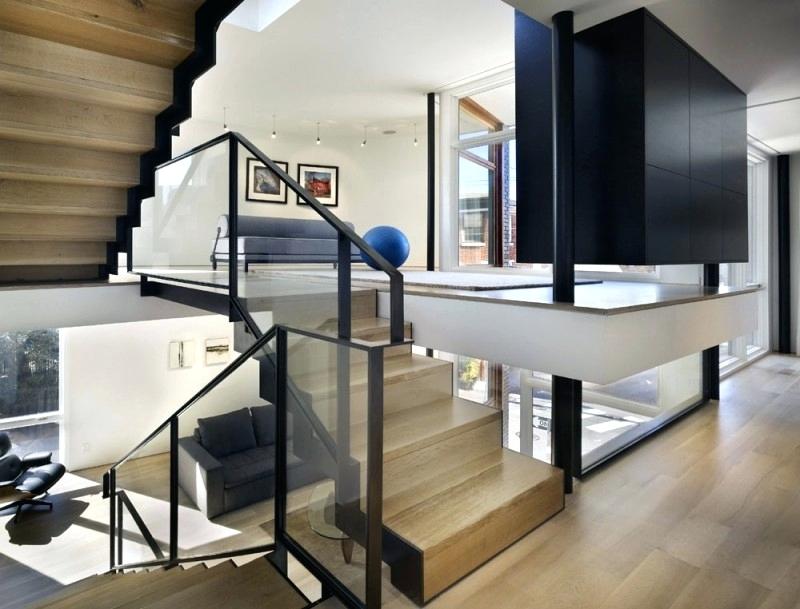
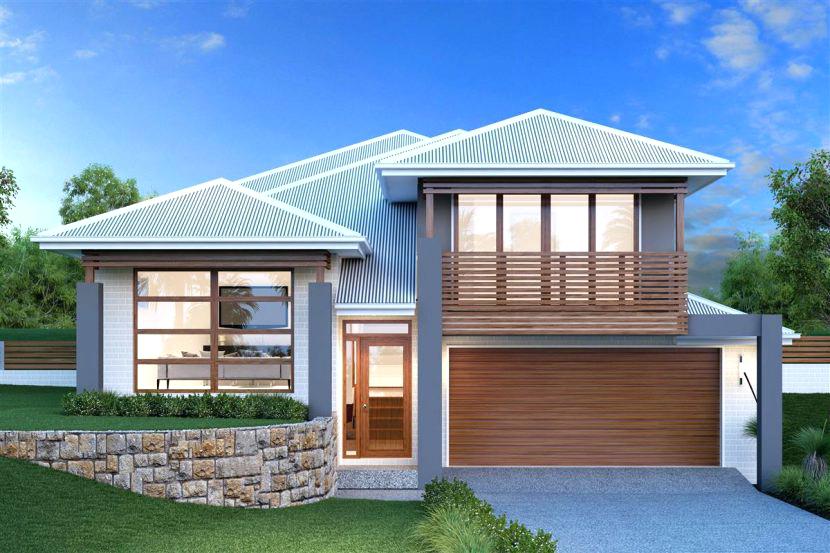

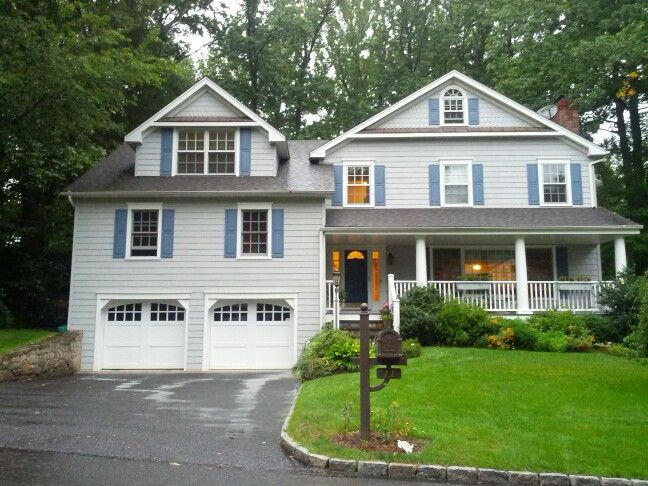
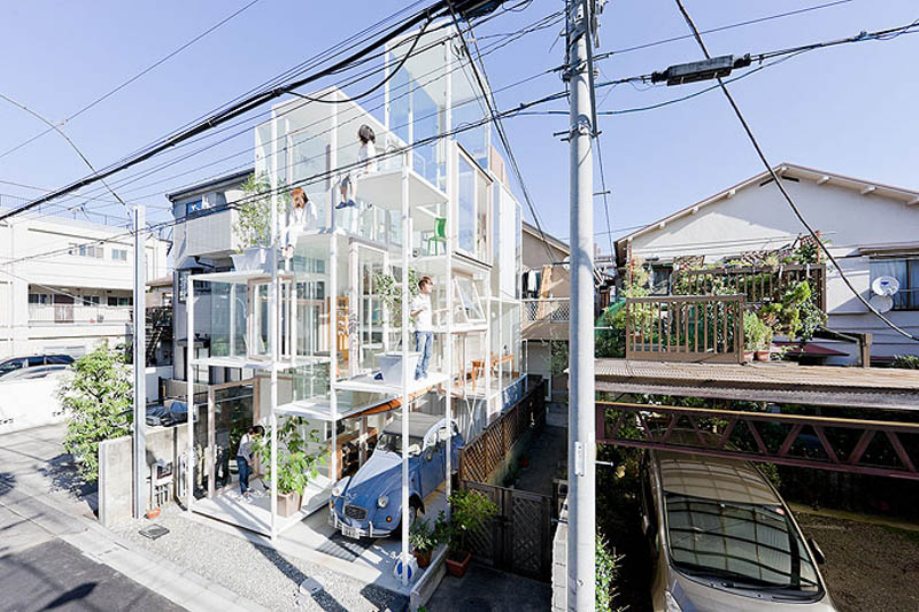
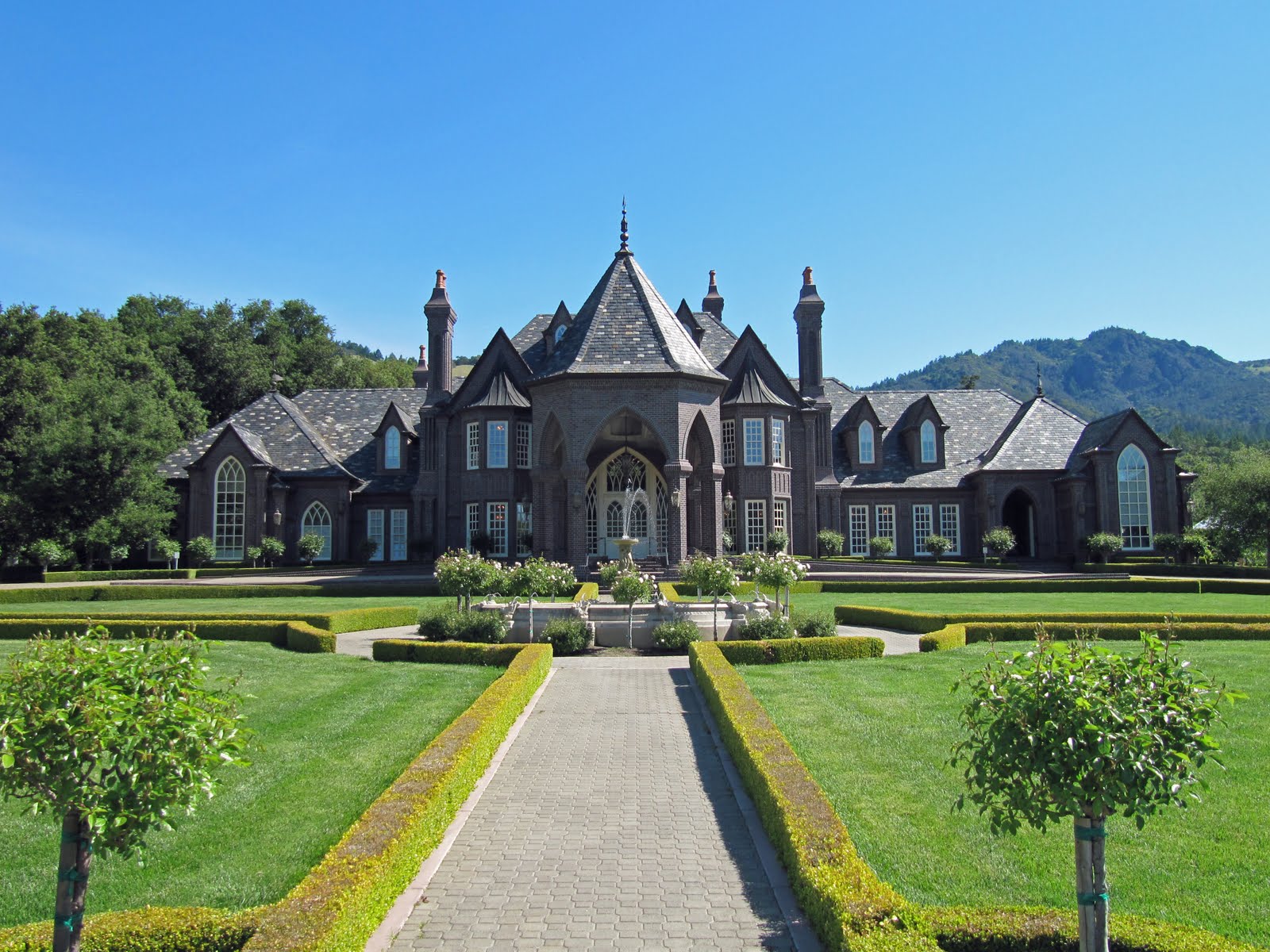
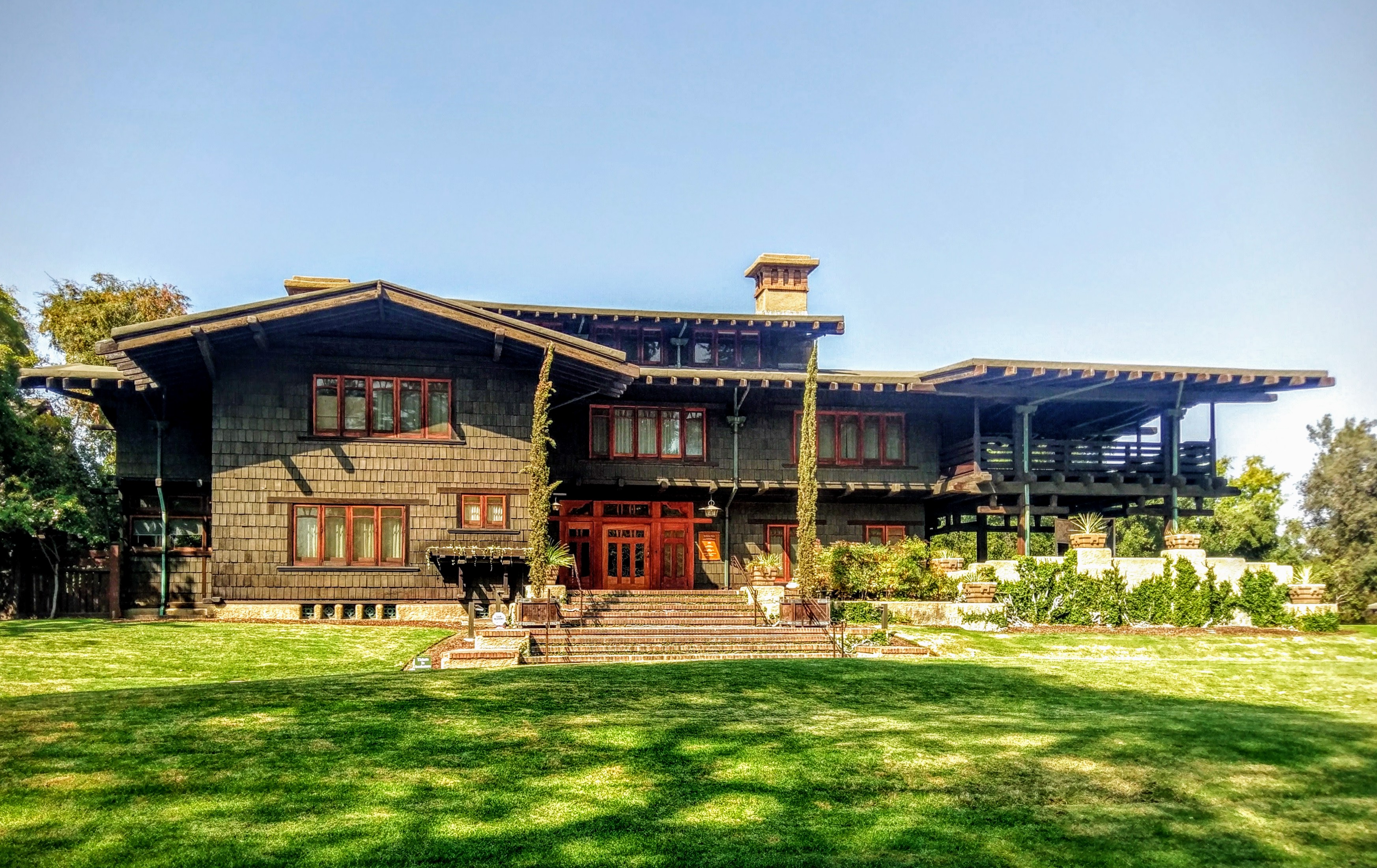
:format(webp)/cdn.vox-cdn.com/uploads/chorus_image/image/54350135/946A36162CC8458_5835955.0.jpg)
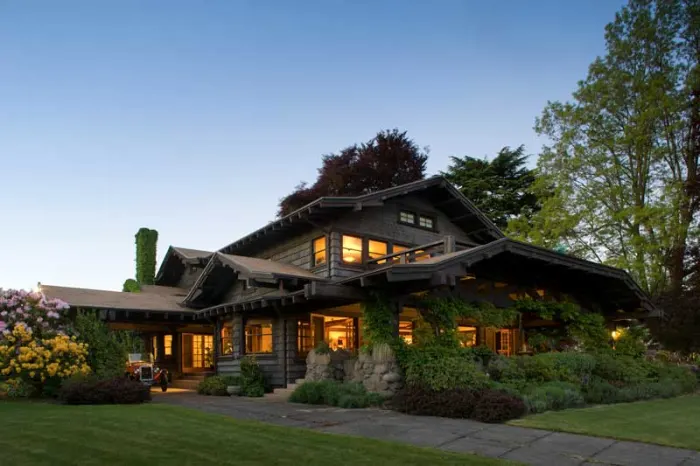




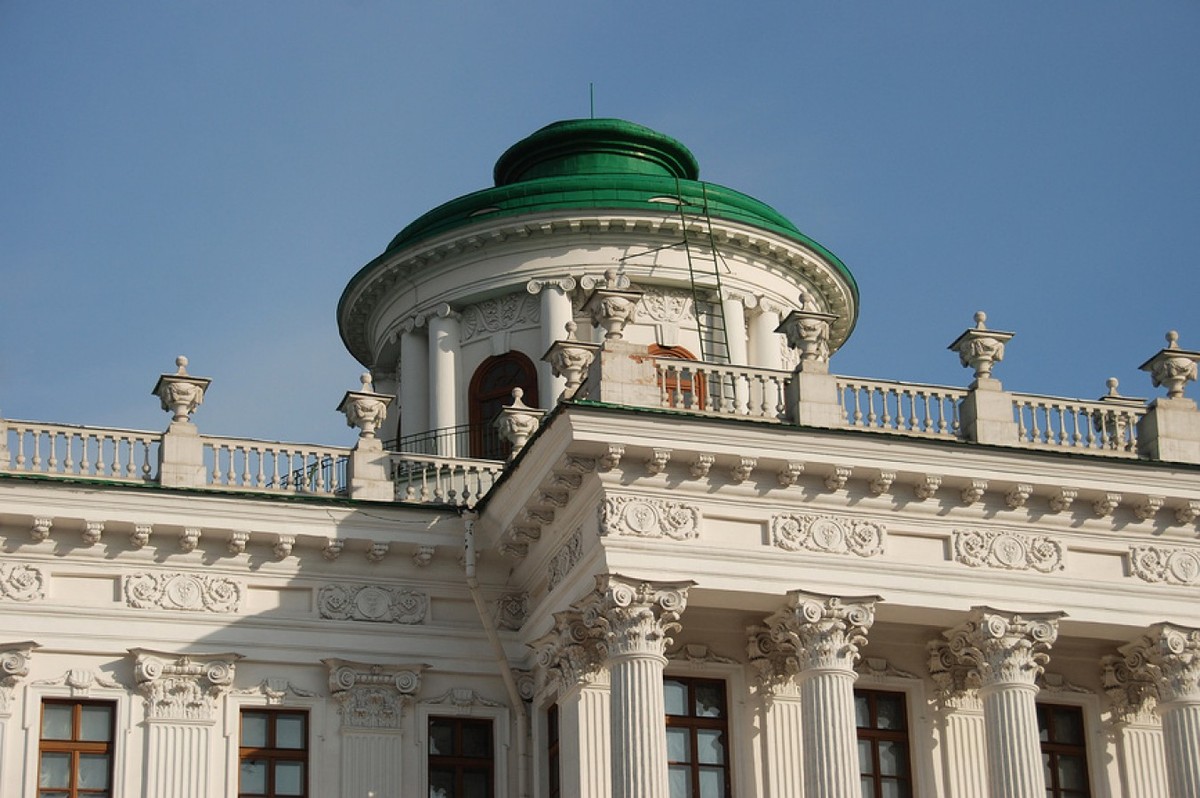
.jpg)



